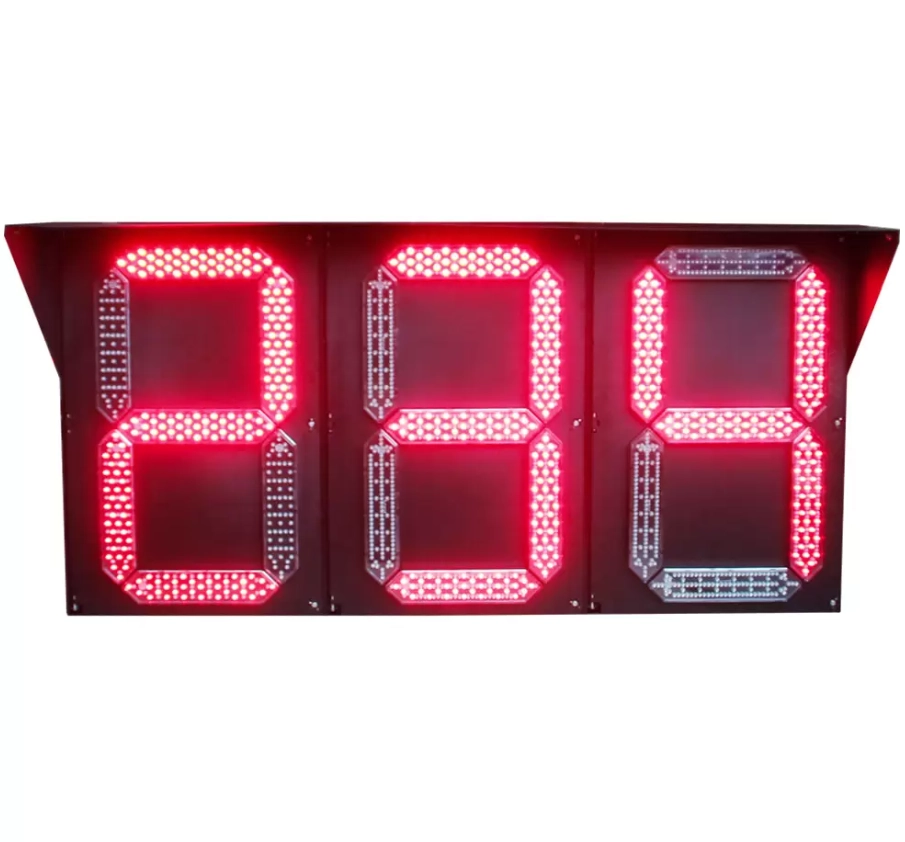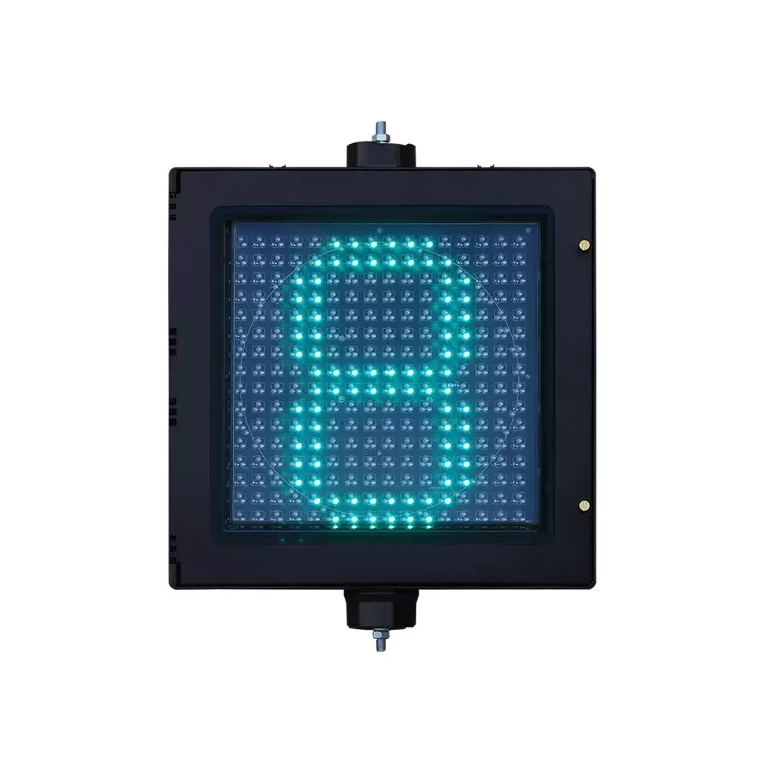Home > News > Industry News > 7 Practical Tips to Optimize Urban Traffic Flow with Tri-Color Traffic Countdown Meters
7 Practical Tips to Optimize Urban Traffic Flow with Tri-Color Traffic Countdown Meters
Efficient traffic management is one of the most pressing challenges in modern urban areas. With growing populations and vehicle numbers, cities face increased congestion, longer travel times, and higher accident rates. FAMA Traffic, a leading provider of intelligent transportation solutions, offers Tri-Color Traffic Countdown Meters as part of its integrated traffic systems. These devices are designed to improve urban traffic flow, enhance safety, and provide data-driven insights for traffic planners.
In this article, we explore 7 practical tips to optimize urban traffic flow using Tri-Color Traffic Countdown Meters, analyzing each tip from multiple angles: technical setup, management, user behavior, data analytics, and real-world applications.
1. Strategic Placement at Key Intersections
Why it matters: Placement is crucial for visibility and impact. Countdown meters guide drivers to anticipate signal changes, which reduces abrupt stops and improves traffic continuity.
Practical approach:
Place meters at intersections with high traffic density or frequent congestion.
Use meters where pedestrian crossings intersect with vehicle lanes to improve pedestrian safety.
Combine placement with traffic flow analysis to identify bottleneck-prone locations.
Technical insight: High-visibility meters with adjustable display brightness ensure clear readings in all weather and lighting conditions.

2. Synchronize Countdown Meters with Traffic Signal Timing
Why it matters: Unsynchronized traffic signals can create stop-and-go patterns that increase congestion and accidents. Countdown meters must be perfectly aligned with traffic signal phases to maximize efficiency.
Practical approach:
Adjust green, yellow, and red light durations based on traffic volume.
Integrate countdown meters with centralized traffic control systems for real-time coordination.
FAMA Traffic provides signal timing optimization services, ensuring smooth flow and minimal delays.
User benefit: Drivers can anticipate light changes, reduce sudden braking, and maintain smoother speeds.
3. Dynamic Adjustment Based on Traffic Patterns
Why it matters: Traffic varies by time of day, day of the week, and season. A static countdown timer cannot handle dynamic urban traffic conditions.
Practical approach:
Implement adaptive signal timing using real-time traffic data.
Longer green lights during rush hours and shorter durations during off-peak hours.
Use data from sensors and cameras integrated with the countdown meters to adjust timing automatically.
Impact: Reduces congestion, prevents long queues, and improves overall traffic efficiency.
4. Integrate with 5G Multifunctional Smart Poles
Why it matters: Integration with smart city infrastructure enhances functionality beyond basic traffic counting.
Practical approach:
Install countdown meters on 5G smart poles equipped with sensors and cameras.
Collect data on vehicle counts, pedestrian movement, and signal compliance.
Enable remote monitoring, alerts, and real-time adjustments.
Example application: A city traffic control center can detect congestion at intersections and adjust signals dynamically, optimizing urban traffic flow across multiple intersections simultaneously.
5. Regular Maintenance and Calibration
Why it matters: Even the most advanced traffic devices fail without proper upkeep. Malfunctioning countdown meters can confuse drivers, creating hazards instead of preventing them.
Practical approach:
Conduct regular inspections, lamp checks, and firmware updates.
Calibrate timers to match real-time traffic signal changes.
FAMA Traffic offers operation and maintenance services, ensuring consistent reliability.
Result: Reliable operation increases public trust and ensures safety.

6. Educate Drivers and Pedestrians
Why it matters: Technology is only effective if road users understand it. Countdown meters are most effective when drivers and pedestrians know how to respond.
Practical approach:
Conduct awareness campaigns and public training on interpreting countdown signals.
Display instructional signage near intersections with new devices.
Encourage drivers to anticipate signals rather than stop abruptly.
Behavioral impact: Reduces accidents caused by sudden braking and improves pedestrian safety.
7. Leverage Data Analytics for Continuous Improvement
Why it matters: Traffic management is an evolving process. Countdown meters generate data that can guide smarter decisions.
Practical approach:
Analyze vehicle and pedestrian movement patterns collected from meters and smart poles.
Identify recurring congestion points and optimize signal timings accordingly.
Use predictive analytics to plan for seasonal traffic surges or special events.
Example: Data-driven adjustments have been shown to reduce waiting times by 20–30% in pilot urban deployments.
Additional Considerations for Urban Traffic Optimization
Traffic Flow Simulation
Simulating traffic patterns before installation helps optimize placement and signal timings. Virtual modeling can test various scenarios without disrupting real traffic.
Emergency Vehicle Priority
Countdown meters can be integrated with emergency vehicle systems to allow dynamic light adjustments, ensuring ambulances and fire trucks move quickly through busy intersections.
Energy Efficiency
Modern countdown meters, especially when integrated with smart poles, can use LED displays and adaptive brightness to reduce energy consumption while maintaining visibility.
Conclusion
Optimizing urban traffic flow requires a holistic approach, combining technology, data analysis, and user education. FAMA Traffic’s Tri-Color Traffic Countdown Meters provide a powerful tool to enhance safety, reduce congestion, and enable smarter traffic management.
By implementing these 7 practical tips—strategic placement, synchronization, dynamic adjustment, 5G integration, maintenance, user education, and data-driven improvements—cities can create efficient, safe, and intelligent transportation systems that benefit both drivers and pedestrians.
